Crocodiles, among the planet’s oldest living reptiles, have roamed Earth for over 200 million years. Despite their fearsome reputation, these ancient predators face significant threats from habitat loss, pollution, and illegal hunting. In response, many nations have implemented comprehensive protection laws to ensure their survival. These conservation efforts not only safeguard crocodiles but also maintain the delicate balance of wetland ecosystems where these apex predators play crucial roles.
From Australia’s saltwater giants to India’s gharials, let’s explore ten countries where legislation actively protects these remarkable reptiles, highlighting the global commitment to preserving our planet’s prehistoric survivors.
Australia: Comprehensive Protection for Iconic Saltwater Crocodiles
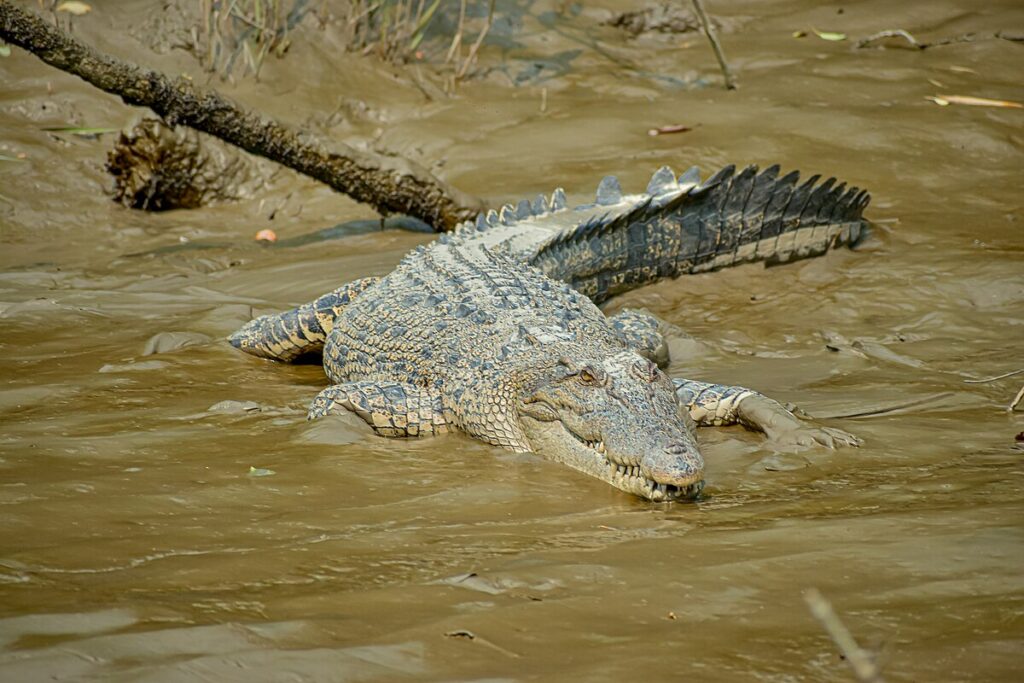
Australia stands as a pioneer in crocodile conservation, implementing some of the world’s most comprehensive protection laws for both freshwater and saltwater crocodile species. After facing near extinction due to unrestricted hunting in the mid-20th century, saltwater crocodiles received full legal protection in 1971, leading to a remarkable population recovery from approximately 3,000 to over 100,000 individuals today.
The Australian government manages these populations through sophisticated monitoring programs, including aerial surveys and research initiatives that track population dynamics across the northern territories. Penalties for illegal hunting are severe, with fines exceeding $30,000 and potential imprisonment, reflecting the nation’s commitment to preserving these iconic reptiles that play vital roles in Australian ecosystems and cultural heritage.
India: Saving the Critically Endangered Gharial
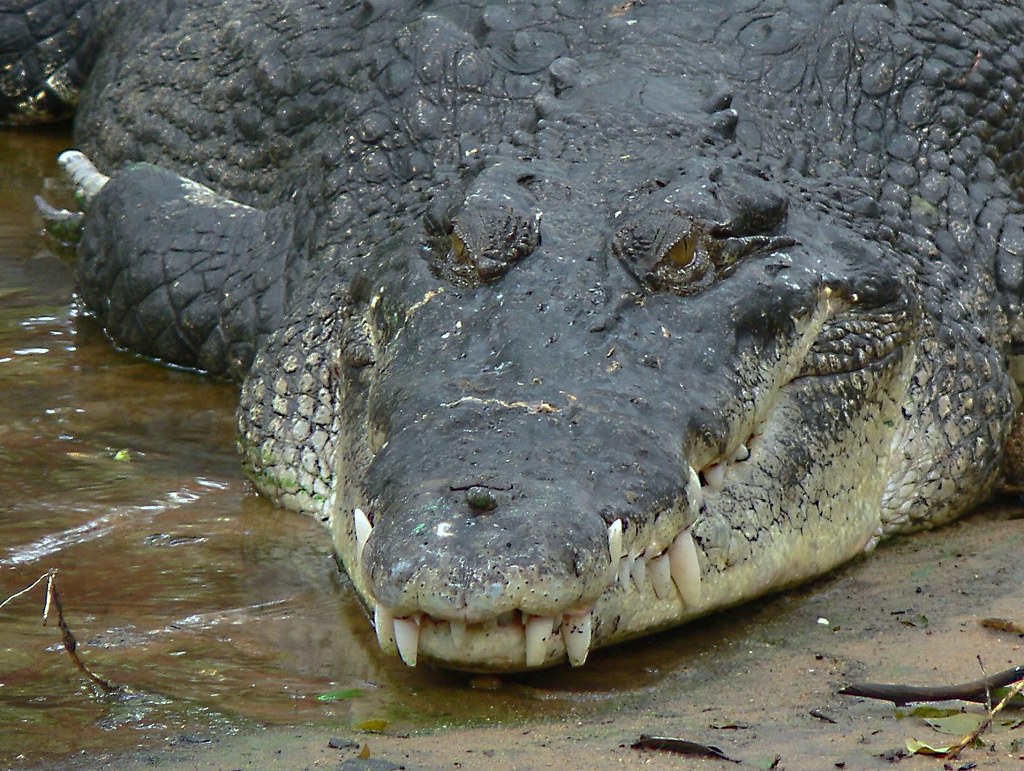
India has implemented stringent protection measures for all three of its native crocodilian species, with particular emphasis on the critically endangered gharial. Under the Wildlife Protection Act of 1972, hunting or harming crocodiles carries substantial legal penalties, including imprisonment for up to seven years. The National Chambal Sanctuary, established specifically for gharial conservation, spans three states and represents one of the most focused crocodilian conservation efforts globally.
India’s conservation approach combines legal protection with community involvement, creating education programs that help local populations understand the ecological importance of these reptiles. The government also funds specialized breeding centers that have successfully released hundreds of captive-bred gharials into protected river systems, demonstrating India’s multi-faceted approach to crocodilian conservation.
Costa Rica: Balancing Tourism and American Crocodile Protection
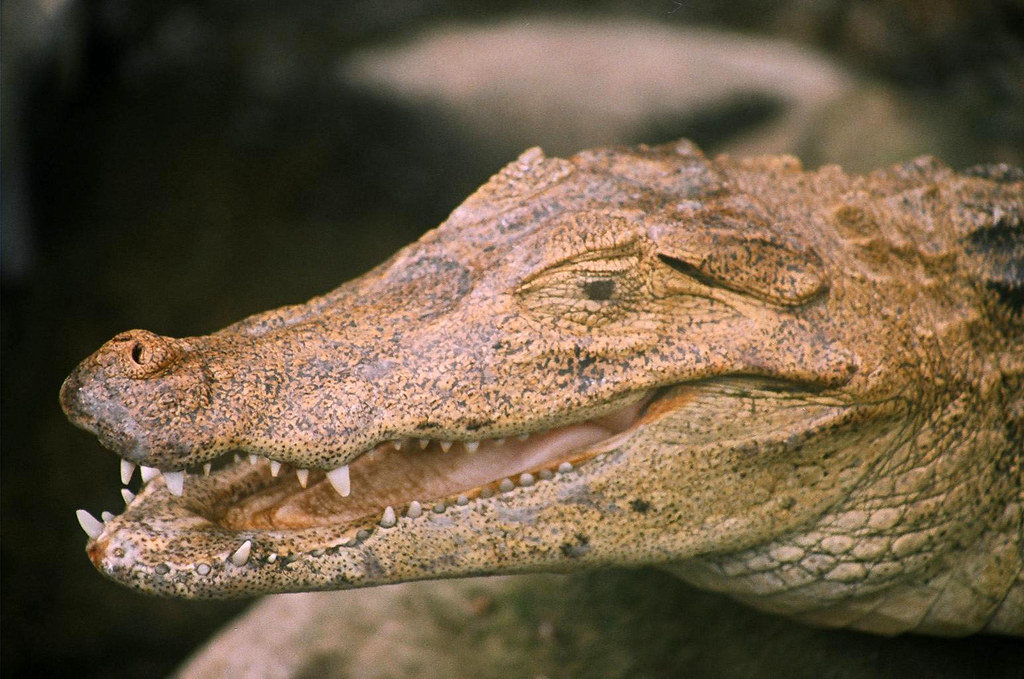
Costa Rica has established itself as a leader in wildlife protection in Central America, with comprehensive laws safeguarding its American crocodile populations. The Wildlife Conservation Law (No. 7317) explicitly prohibits hunting, capturing, or disturbing crocodiles throughout the country, with violations punishable by substantial fines and potential imprisonment. The Tárcoles River, famously known for its high crocodile density, represents both a conservation success and a managed tourism attraction where visitors can observe these magnificent reptiles in their natural habitat.
Costa Rican authorities have implemented strict regulations for tourism operations, requiring certified guides and maintaining safe viewing distances to minimize stress on the animals. Additionally, the country has invested in public education campaigns aimed at reducing human-crocodile conflicts in areas where development increasingly encroaches on natural crocodile habitat.
Zimbabwe: Sustainable Management Through Controlled Utilization
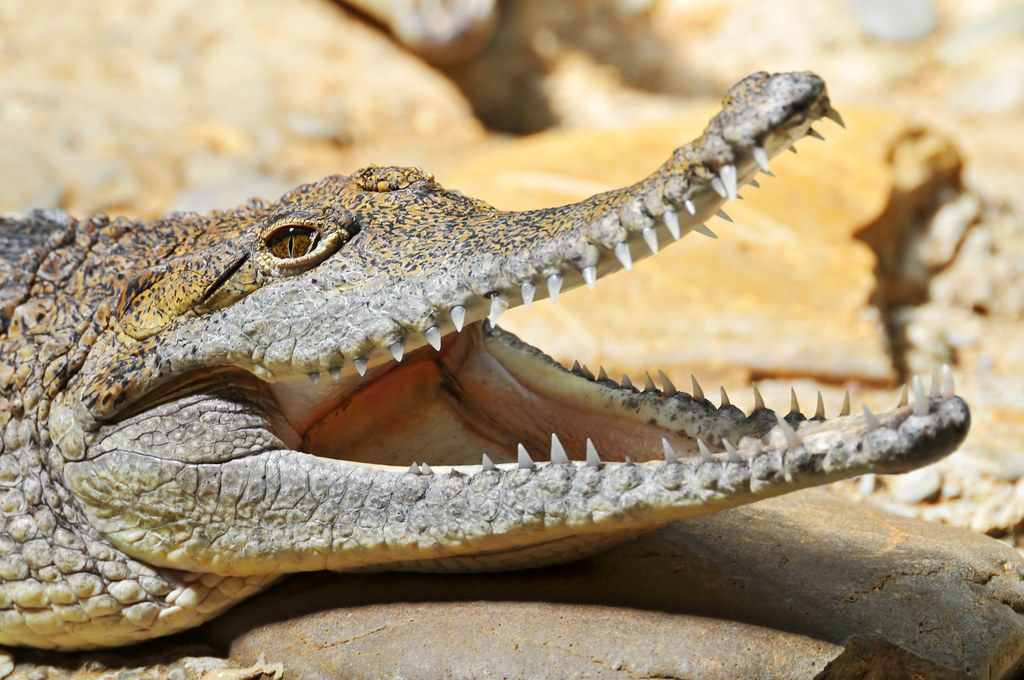
Zimbabwe has developed a unique approach to crocodile conservation that combines strict protection with sustainable utilization programs. The Parks and Wildlife Act provides the legal framework that protects wild crocodile populations while allowing for regulated ranching operations that have become models for sustainable wildlife management. These ranching programs operate under strict quotas and monitoring, with mandatory requirements to release a percentage of captive-raised juveniles back into the wild, effectively supporting wild population recovery.
Zimbabwe’s CAMPFIRE program (Communal Areas Management Programme for Indigenous Resources) represents an innovative approach that gives local communities economic stakes in crocodile conservation, reducing poaching and habitat destruction. The country’s crocodile management strategy has achieved remarkable success, with Nile crocodile populations in key areas like Lake Kariba showing significant increases over the past three decades.
Thailand: Strict Laws Protecting the Siamese Crocodile
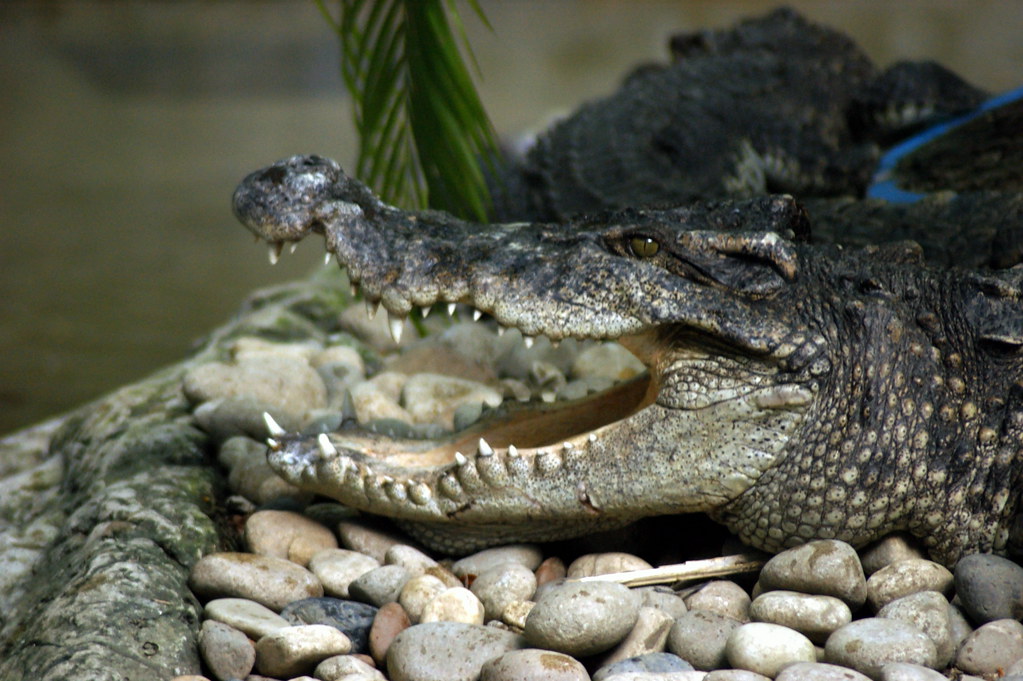
Thailand maintains robust legal protections for its critically endangered Siamese crocodile through the Wildlife Preservation and Protection Act, which categorizes the species as protected and prohibits any unauthorized hunting, breeding, or trade. Violators face severe penalties including imprisonment for up to four years and substantial fines that can exceed $3,000, reflecting the seriousness with which Thailand views crocodile conservation. The country has established specialized conservation areas like the Pang Sida National Park, where protected habitats allow remnant wild populations to recover with minimal human interference.
Thailand’s Department of National Parks, Wildlife and Plant Conservation conducts regular monitoring expeditions and has partnered with international organizations like the Crocodile Specialist Group to implement recovery plans for this rare species. Additionally, the government supports captive breeding programs aimed at maintaining genetic diversity and eventually reintroducing Siamese crocodiles to suitable habitat within their historical range.
United States: Federal and State Protections for American Alligators
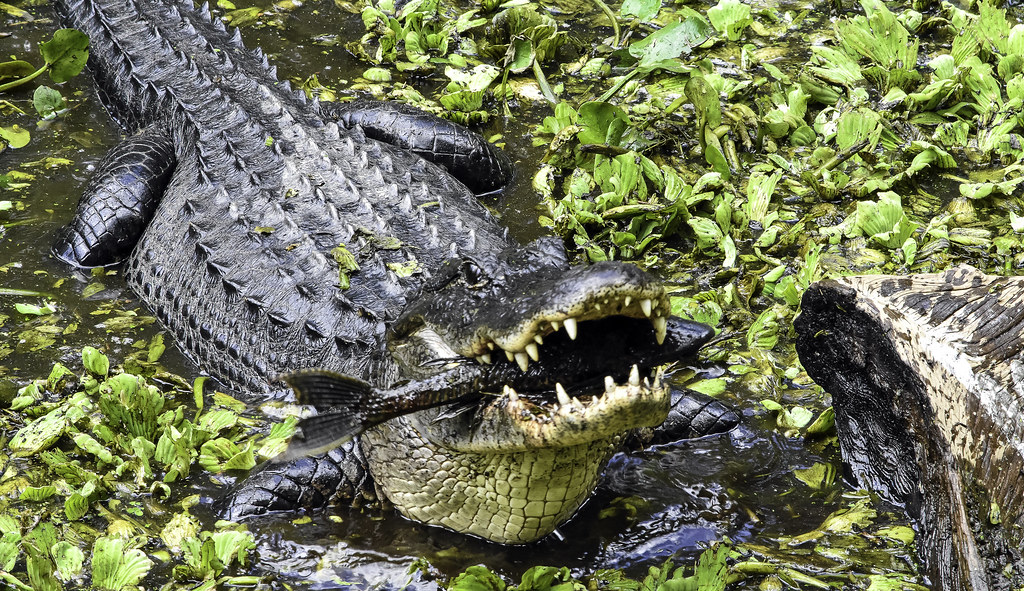
The United States offers a compelling conservation success story through its protection of the American alligator, which was once endangered but has now recovered significantly due to comprehensive legal safeguards. The Endangered Species Act provided federal protection that allowed populations to rebound, while the Lacey Act prevents illegal transportation of alligators or their products across state lines. Individual states with alligator populations, such as Florida and Louisiana, have implemented their own management plans that include strict hunting regulations, habitat protection, and nuisance alligator programs that prioritize human safety while respecting the animals’ ecological importance.
The recovery has been so successful that controlled, sustainable harvesting is now permitted in some states, operating under careful monitoring and strict quota systems. This balanced approach has maintained healthy alligator populations while generating economic benefits through tourism and sustainable use, demonstrating how protection laws can evolve as conservation goals are achieved.
Cuba: Comprehensive Protection for Cuban Crocodiles
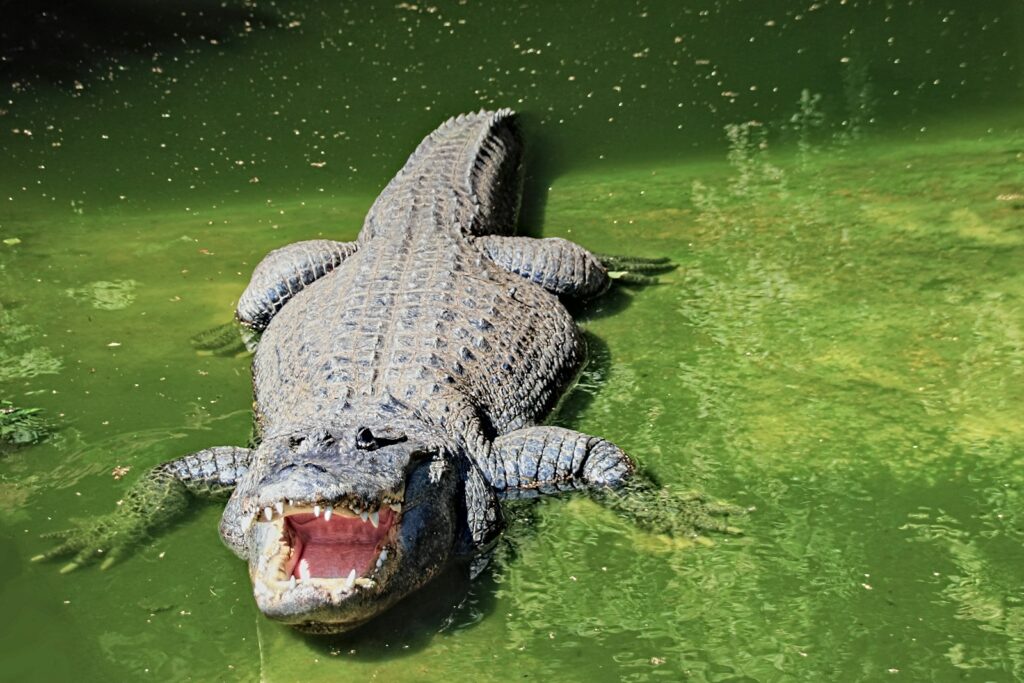
Cuba has established extensive legal protections for its endemic Cuban crocodile, one of the world’s most endangered crocodilian species, through Resolution 160/2011 of the Ministry of Science, Technology and Environment. This legislation prohibits hunting and habitat destruction while designating the Zapata Swamp as a critical protected area where most remaining wild Cuban crocodiles survive. The country operates the Zapata Crocodile Breeding Farm, a government-funded facility dedicated to conservation breeding and research that has successfully released captive-bred individuals into carefully selected habitats.
Cuban authorities have implemented specialized ranger patrols in protected areas, focusing on preventing poaching and monitoring population health through regular scientific surveys. Additionally, Cuba collaborates with international conservation organizations, sharing research and receiving technical support to strengthen its crocodile protection efforts across the island.
Malaysia: Protecting Endangered Tomistoma Crocodiles
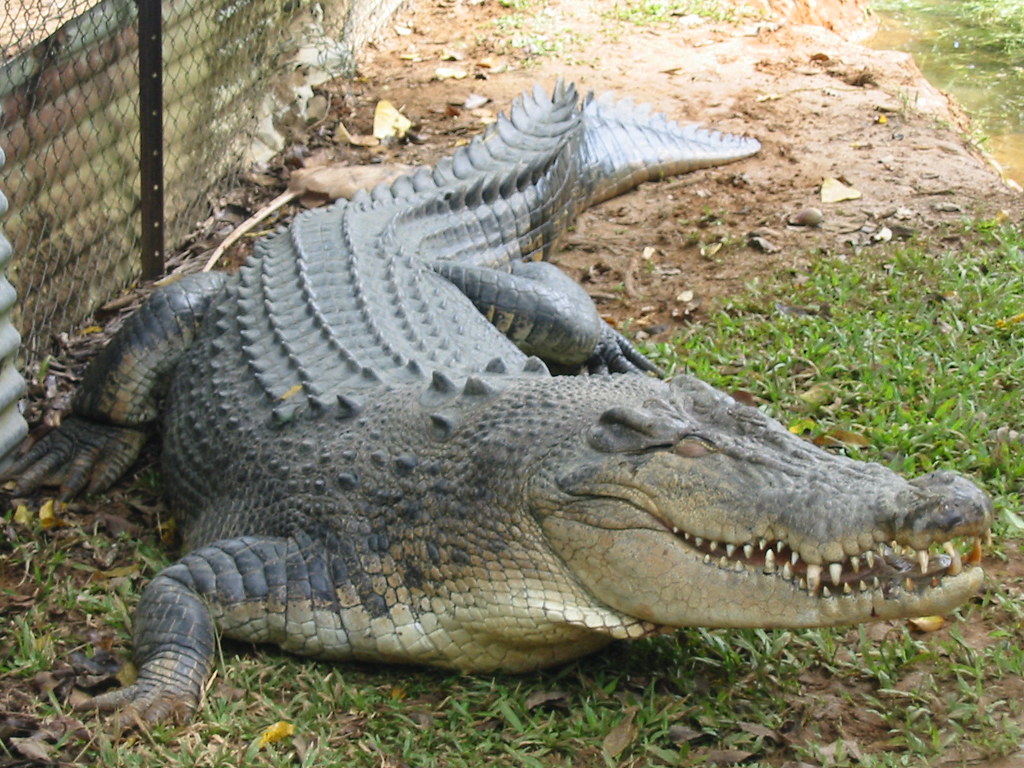
Malaysia provides legal protection for its crocodile species, with particular emphasis on the rare and threatened false gharial (Tomistoma schlegelii) through the Wildlife Conservation Act of 2010. This comprehensive legislation prohibits hunting, capturing, or possessing these reptiles without proper authorization, with violations punishable by fines up to RM100,000 (approximately $24,000) and imprisonment of up to three years. The Tasek Bera Ramsar site in Peninsular Malaysia and portions of Sarawak’s river systems have been designated as protected areas specifically to conserve crocodile habitats and the broader wetland ecosystems they inhabit.
Malaysian wildlife authorities conduct regular monitoring surveys in key habitats and have implemented community education programs in areas where humans and crocodiles coexist, aiming to reduce conflicts and promote conservation awareness. Additionally, the country participates in international conservation initiatives like the IUCN Crocodile Specialist Group, contributing to global efforts to protect these ancient reptiles.
Brazil: Safeguarding Caiman Species in the Amazon
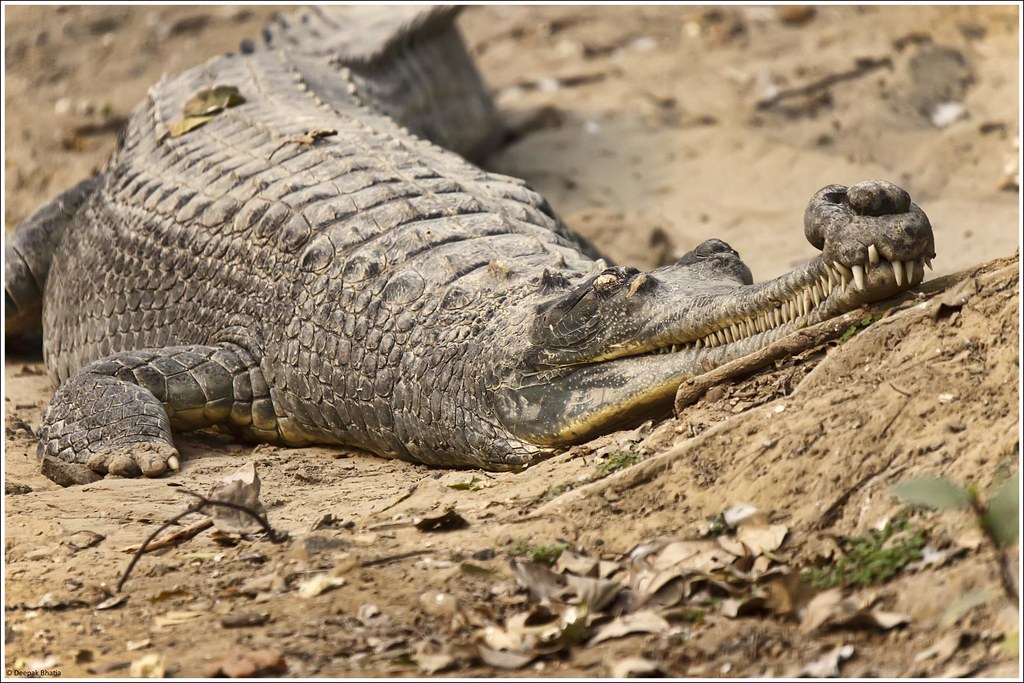
Brazil has implemented extensive protection measures for its six native caiman species through the Brazilian Fauna Protection Law (Law No. 5197), which prohibits hunting, collection, or commercial exploitation of these reptiles without proper authorization. The country has designated numerous protected areas throughout the Amazon Basin where caimans receive strict protection, including the vast Mamirauá Sustainable Development Reserve, which hosts one of the world’s largest concentrations of black caimans.
Brazilian environmental agencies conduct regular monitoring programs to track population trends and habitat conditions, employing both traditional surveys and innovative techniques like environmental DNA sampling to assess caiman distribution. The country has also developed specialized protection initiatives for threatened species like the broad-snouted caiman, combining habitat preservation with carefully managed sustainable use programs that provide economic incentives for local communities to participate in conservation efforts.
South Africa: Nile Crocodile Protection and Management
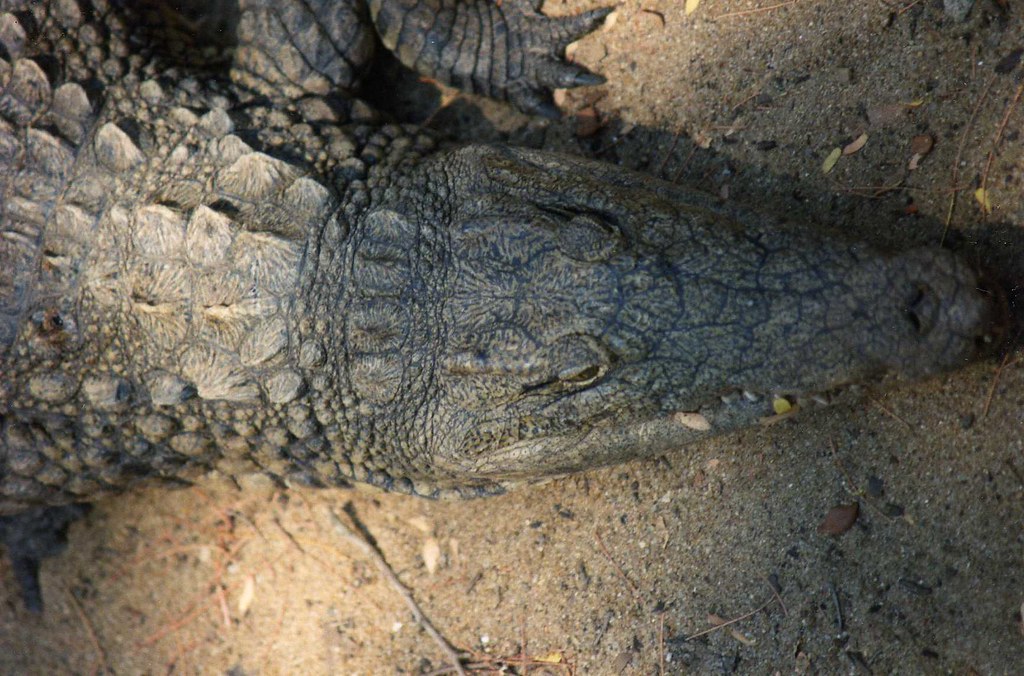
South Africa maintains comprehensive legal protections for its Nile crocodile populations through the National Environmental Management: Biodiversity Act (NEMBA), which regulates all activities involving these reptiles, from research to commercial farming. Protected areas like the Kruger National Park and St. Lucia Estuary provide safe havens where crocodiles are strictly protected, allowing populations to thrive in natural conditions with minimal human interference. The country employs a sophisticated management approach that balances conservation with public safety concerns, particularly in areas where human populations and crocodile habitat overlap.
South African conservation authorities have implemented standardized monitoring protocols that track population trends over time, providing critical data that informs adaptive management strategies across different regions. Additionally, the country’s legal framework regulates commercial crocodile farming operations, ensuring they adhere to welfare standards and contribute to conservation through research funding and potential reintroduction programs.
Mexico: Conservation of Morelet’s and American Crocodiles
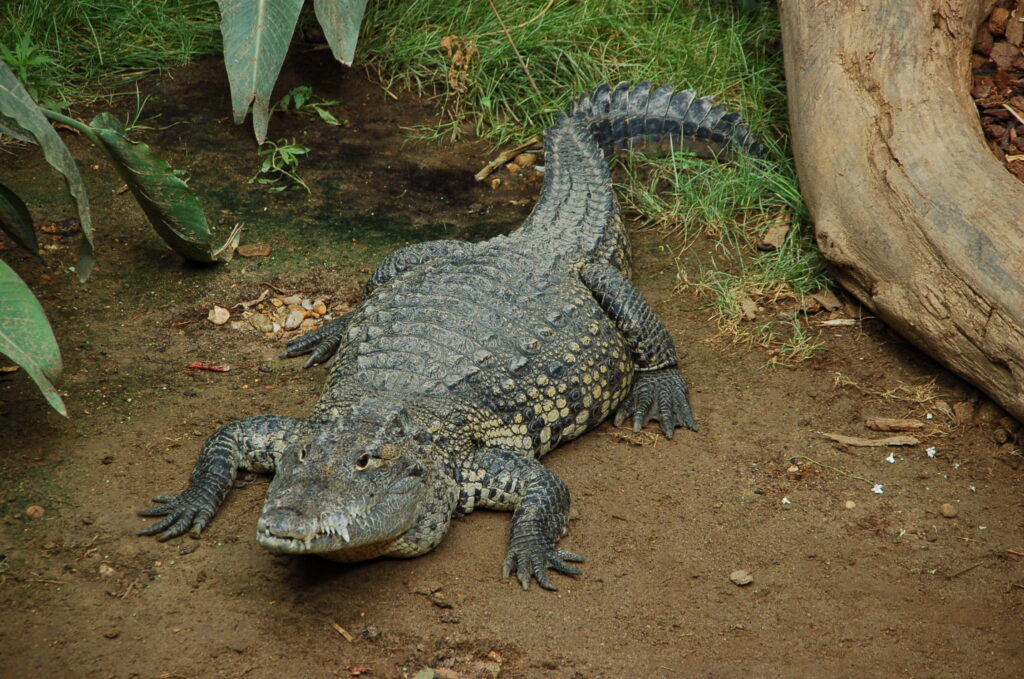
Mexico provides robust legal protection for its crocodilian species through the General Wildlife Law (LGVS), which categorizes both Morelet’s and American crocodiles as species subject to special protection. The Mexican government has established numerous protected areas where crocodiles receive heightened protection, including the Sian Ka’an Biosphere Reserve in Quintana Roo, which harbors significant populations of both species in pristine wetland habitats. Conservation efforts in Mexico combine strict anti-poaching enforcement with community-based programs that train local residents as conservation guardians, creating economic incentives for protection rather than exploitation.
The National Commission of Natural Protected Areas (CONANP) conducts regular monitoring surveys and has implemented successful reintroduction programs in areas where crocodiles had been previously extirpated. Additionally, Mexico participates actively in international conservation agreements like the Convention on International Trade in Endangered Species (CITES), ensuring that any permitted trade in crocodilian products occurs sustainably and legally.
The Global Importance of Crocodile Protection Laws
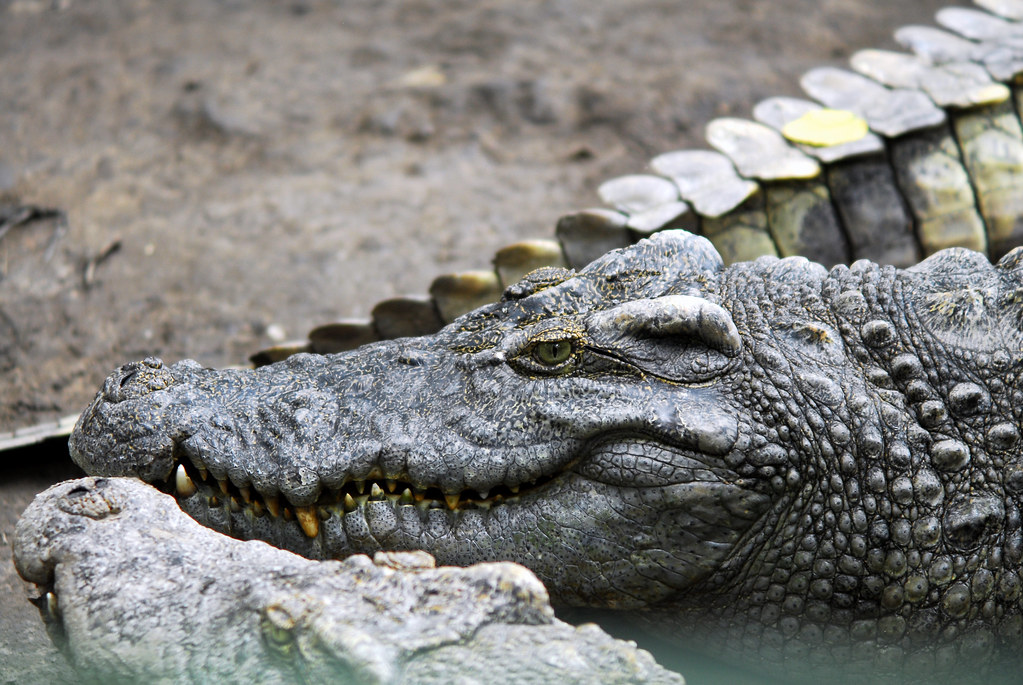
Crocodile protection laws extend far beyond preserving individual species—they safeguard entire ecosystems and the complex web of biodiversity dependent on healthy wetland habitats. As apex predators, crocodilians help regulate prey populations and maintain ecosystem balance, with their protection often serving as an umbrella that benefits countless other species sharing their habitat. The conservation frameworks established for crocodiles frequently pioneer approaches later applied to other endangered species, demonstrating the broader impact of these specialized protection efforts.
International agreements like CITES complement national legislation, creating a coordinated global approach to crocodilian conservation that addresses cross-border challenges such as illegal wildlife trafficking. Furthermore, successful crocodile conservation programs illustrate how species once driven to the brink of extinction can recover when given adequate legal protection and habitat preservation, offering hope for other threatened wildlife facing similar challenges.
The protection of crocodiles through dedicated conservation laws represents one of wildlife management’s most remarkable success stories. From Australia’s rebounded saltwater crocodile populations to India’s focused efforts to save the gharial, these legal frameworks demonstrate how determined conservation action can reverse decades of decline. While challenges remain—including habitat loss, climate change, and human-wildlife conflict—the countries highlighted here show that coexistence with these ancient reptiles is possible through thoughtful legislation, scientific management, and community involvement.
As we continue to refine our approach to crocodilian conservation, the lesson becomes clear: with proper protection and respect, even species as formidable as crocodiles can thrive alongside human populations, preserving these living dinosaurs for generations to come.

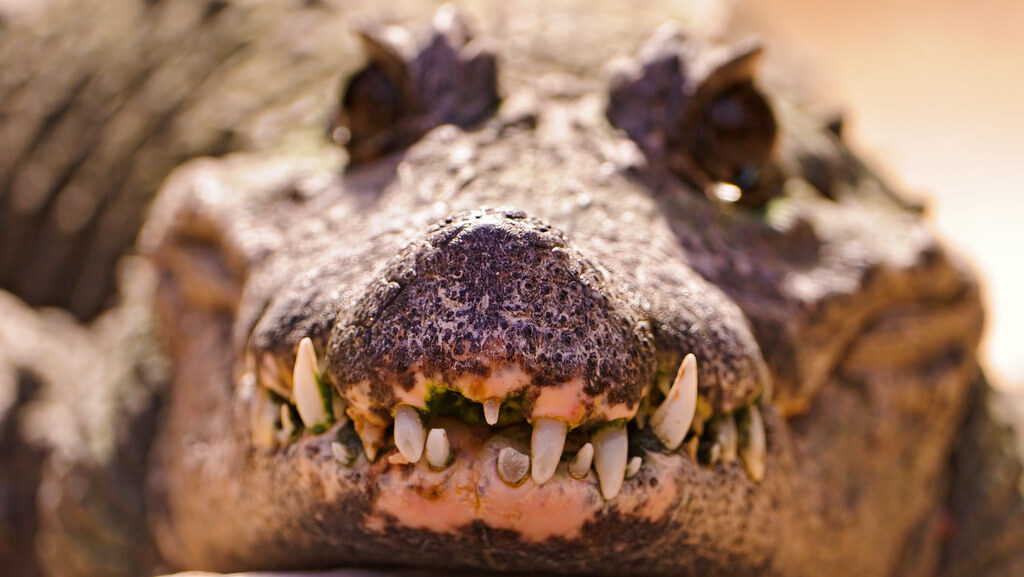

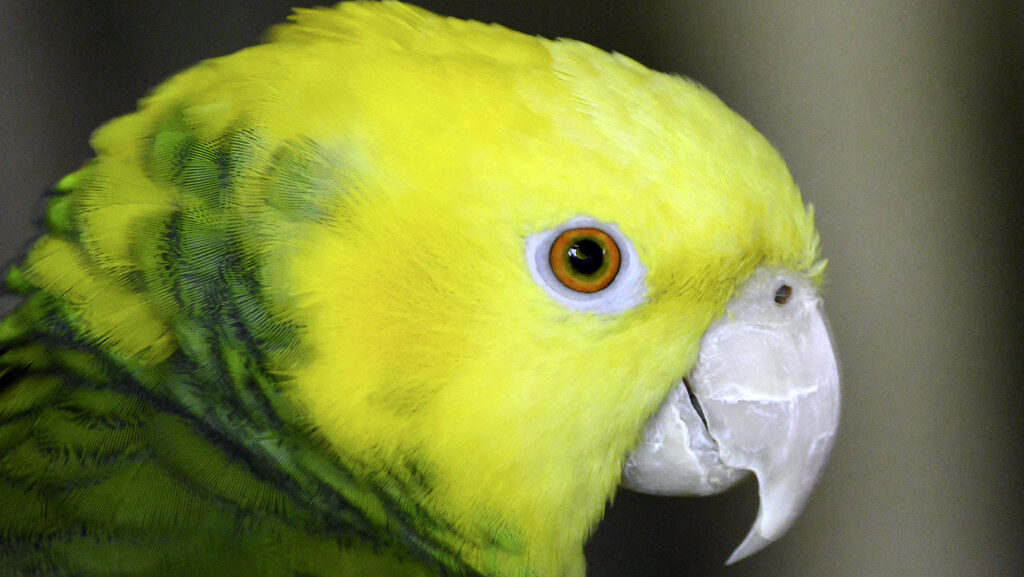
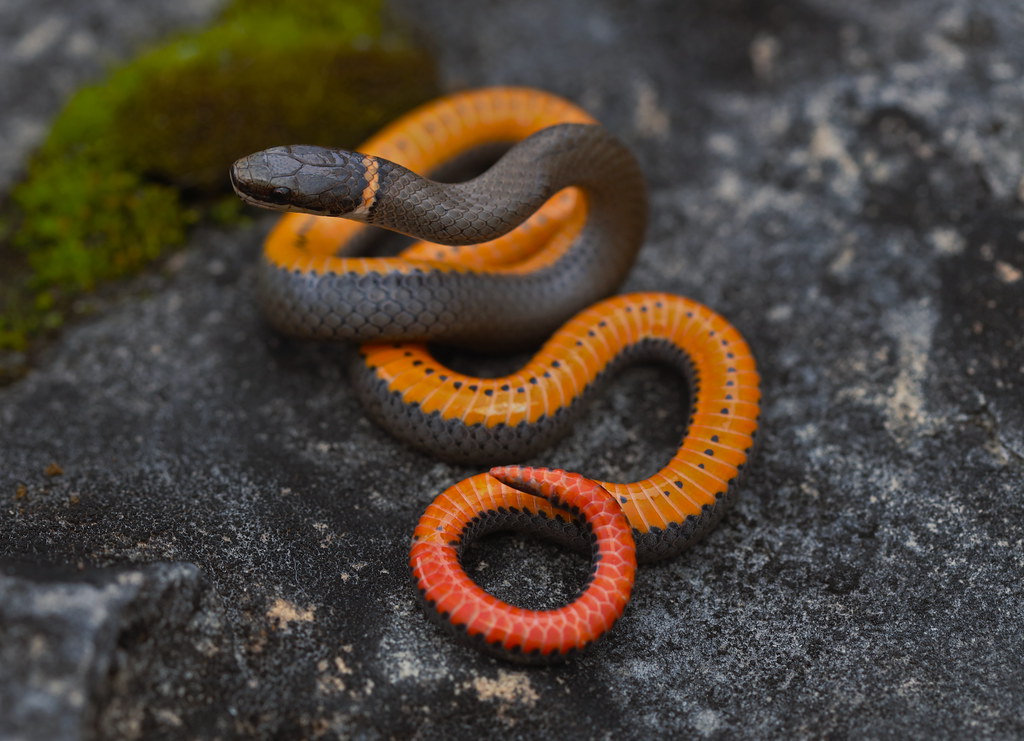
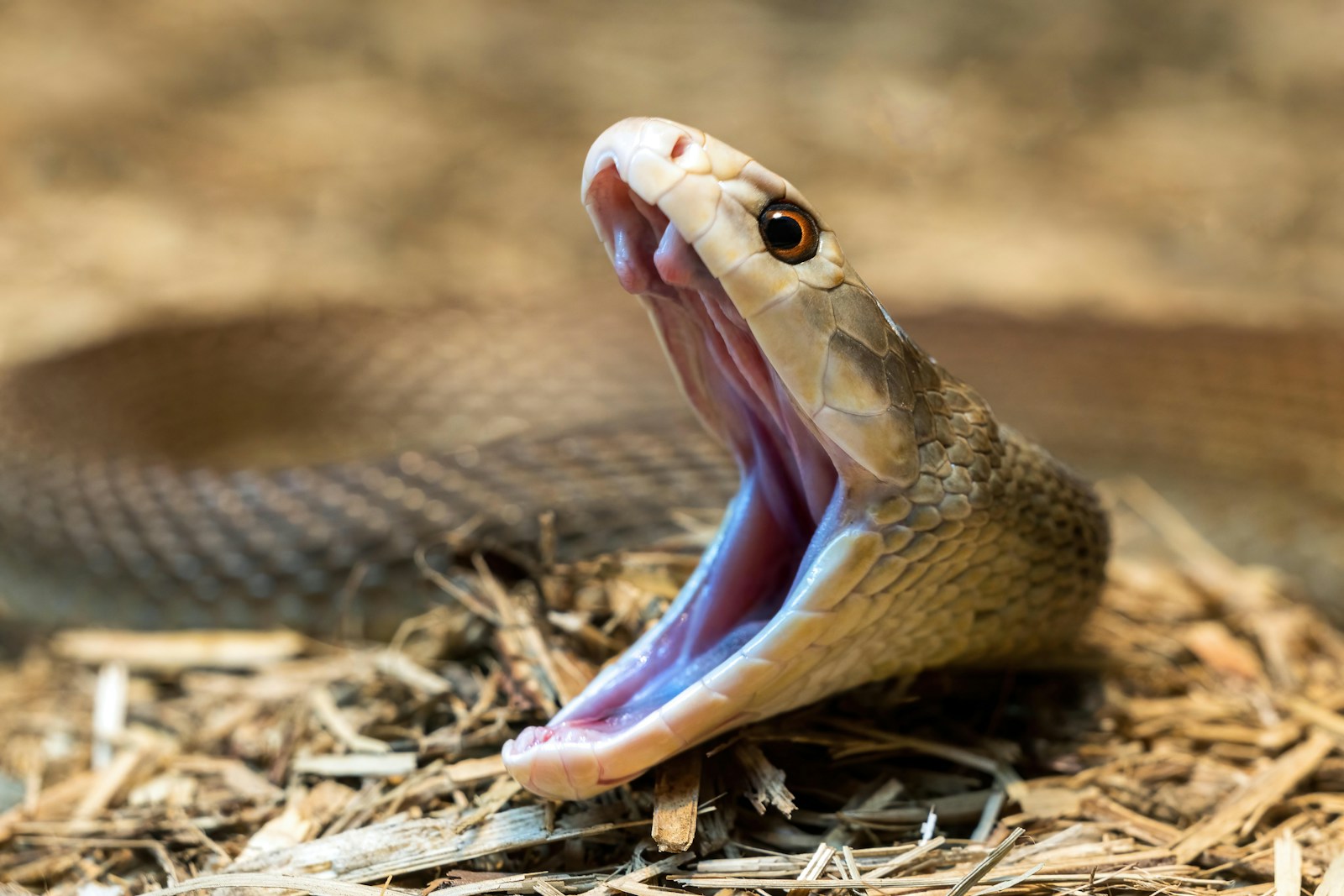
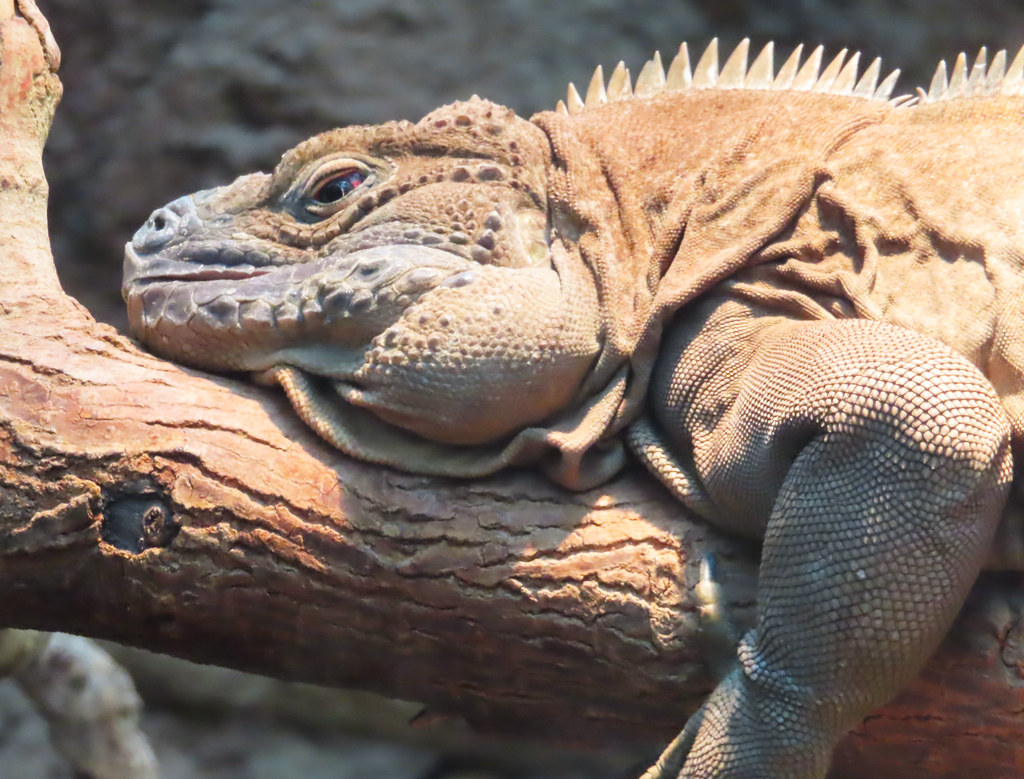
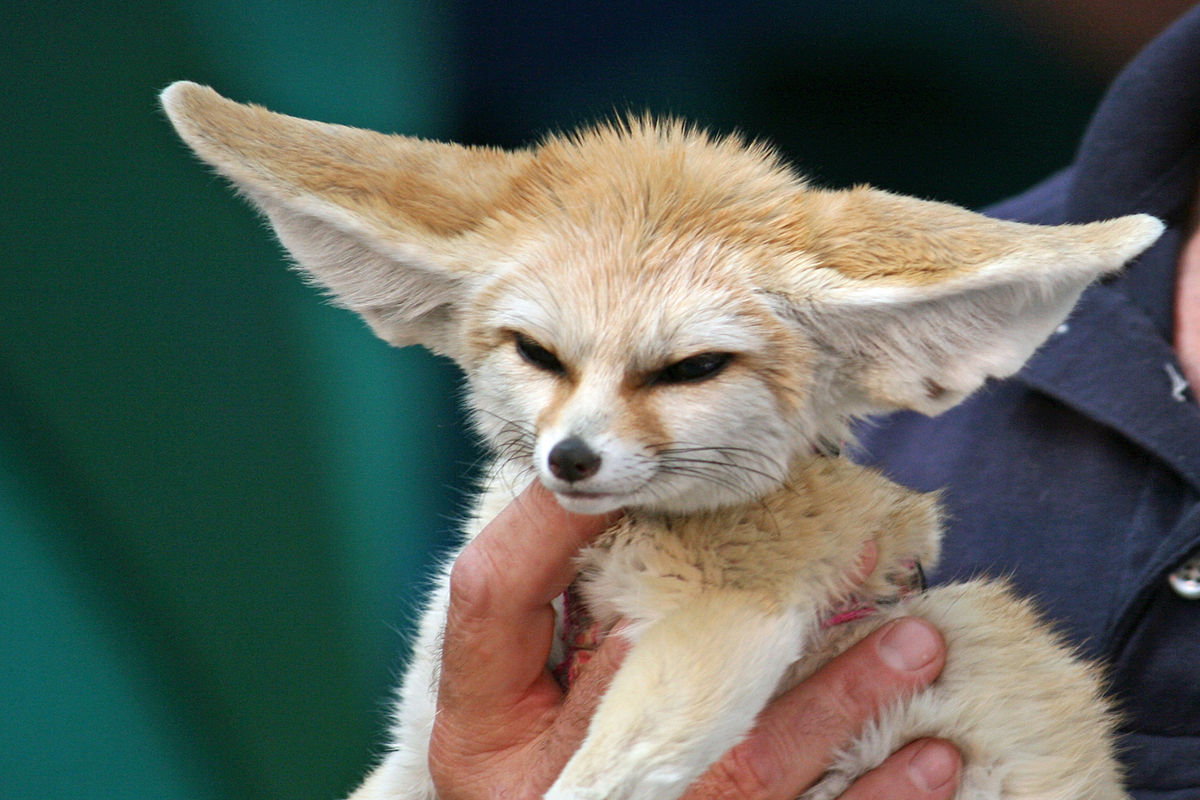
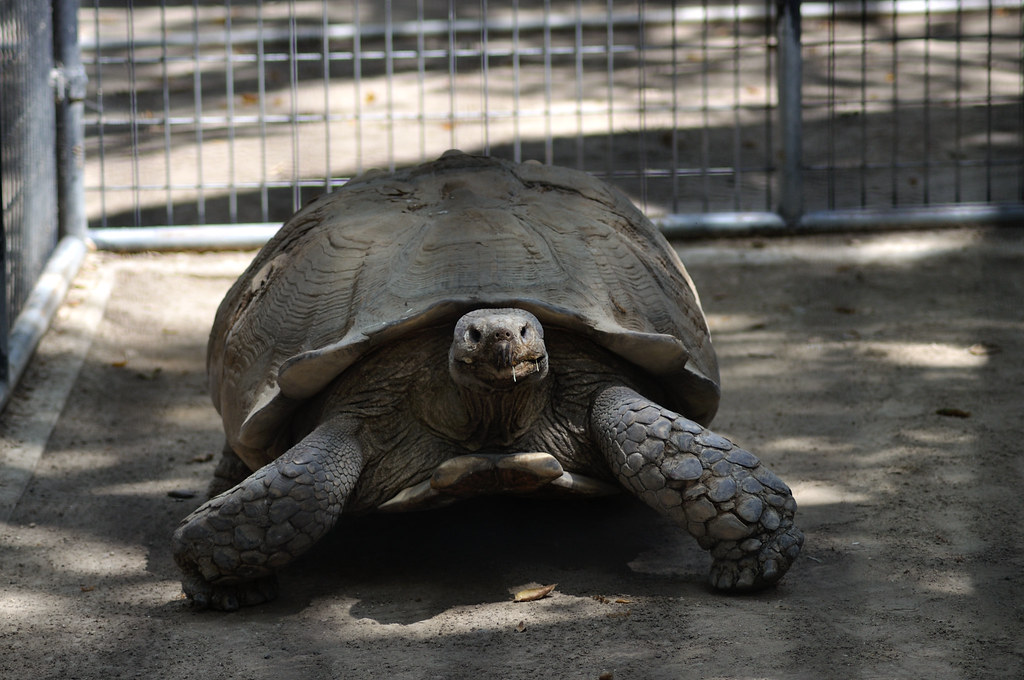
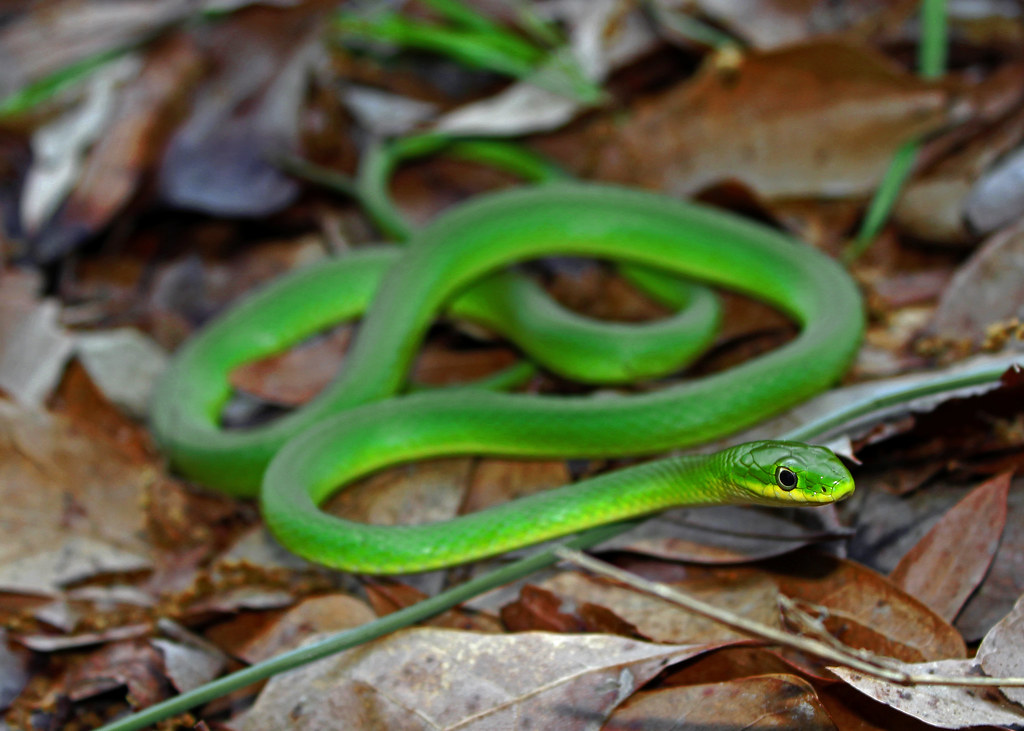
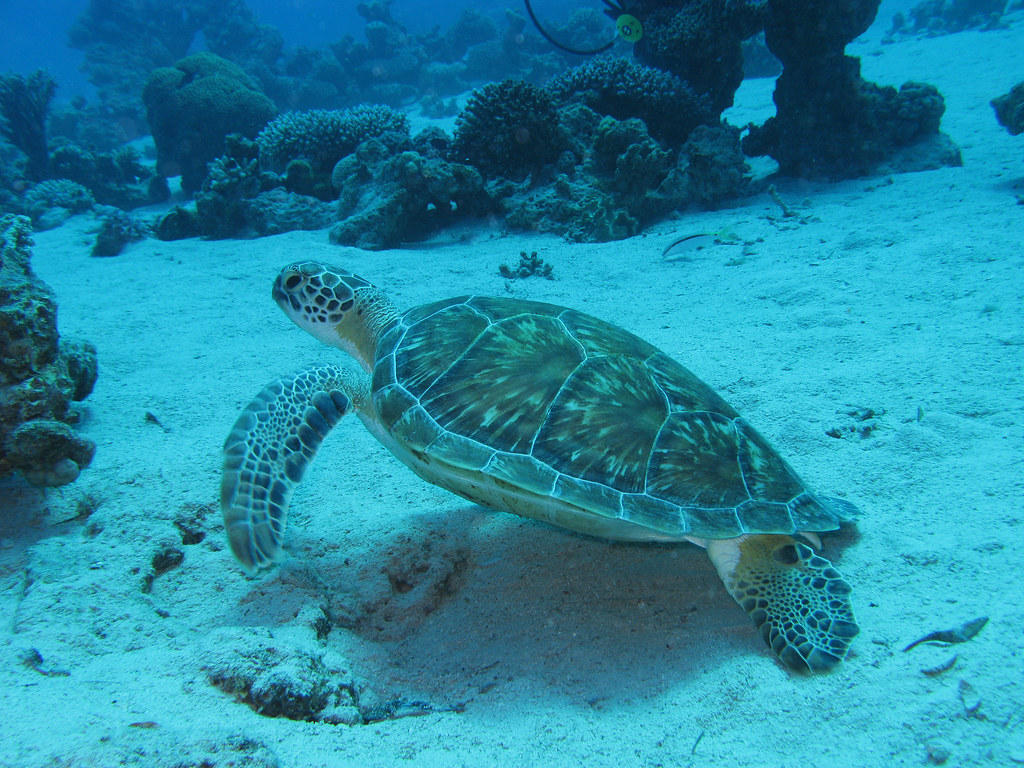
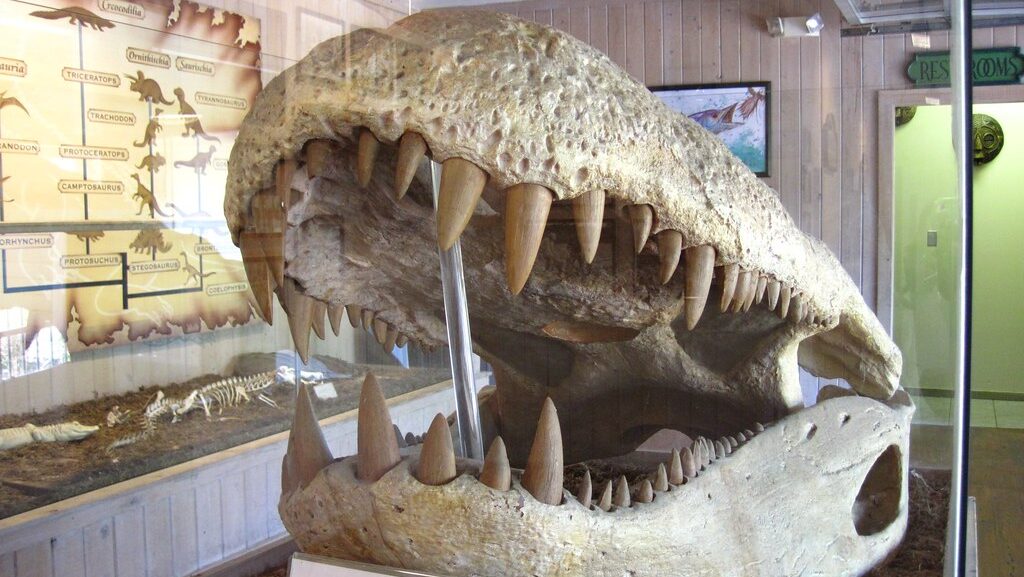



Leave a Reply